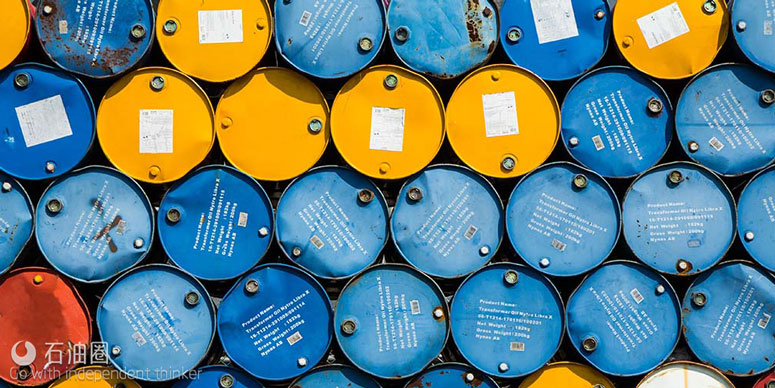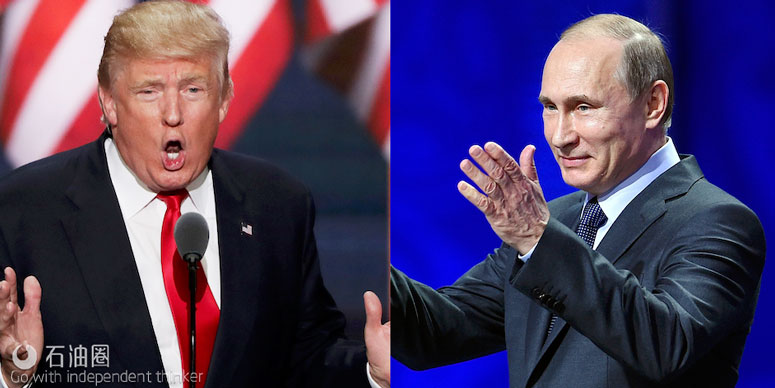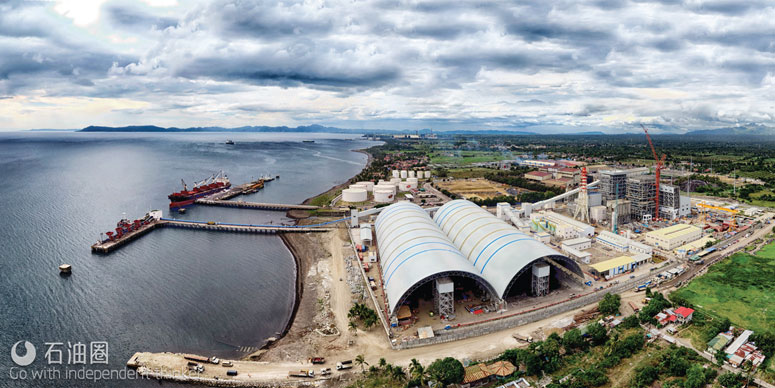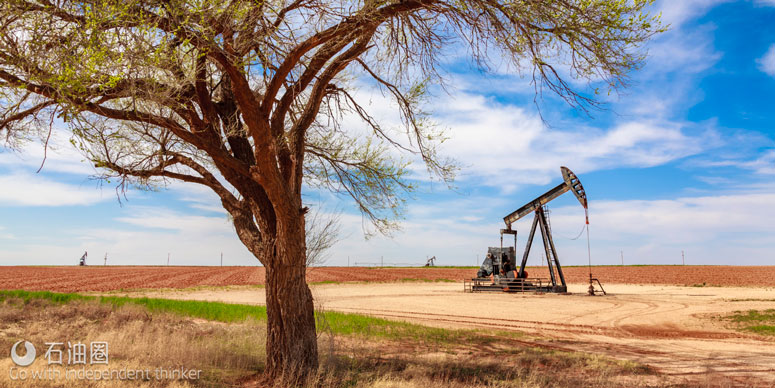Let me begin by saying I find it silly (some will say borderline pointless) trying to predict things like oil prices. But it became an intrinsic part of working in this industry, and if people stopped making forecasts, economists would be the real losers; having nobody to correct with 20/20 hindsight.
Now people may agree or disagree with my own – or indeed anyone else’s – price forecast. But the reality is that although much has changed in recent years, the fundamentals are still the same: it is all about supply, demand and speculation.
What about Trump? Well, it’s too early to tell. Personally, I think the net effect is going to be close to neutral. In favour of a bearish market, we have his support to promote the US shale industry and to limit regulations on the exploration. Also, his closeness to Russia is likely to ease sanctions and bring investment to the oil rich country. To counterbalance that, I expect more investment in US infrastructure projects and increased uncertainty.
But before I get to my predictions, let me go through indisputable truths about these three components – and by ‘indisputable’, I simply mean fewer people are likely to disagree!
Demand
Until some years ago, most people bought into the ‘peak oil’ idea. That is, production would continue to rise until we could no longer find and extract hydrocarbons at pace. As a result, production would start to decline and, given demand would still be growing, prices would rocket. In this theory, a barrel not produced today would still be valuable in the future.
It’s widely accepted now that this scenario simply won’t happen. What will peak will be demand. In the OECD region consumption is 9% lower than 2005 levels and in Europe oil demand has declined 17% over the same period. Developing countries are likely to follow the same curve, having started some years later. On top of that, the commitments made as part of COP21 mean that the world is committed not to produce all of the hydrocarbons we already have as reserves, let alone what is still out there to be found under the arctic or elsewhere.
So my first indisputable truth is: efficiency gains, technology disruption and climate change will collectively tame oil demand, which will peak before production does. When exactly it will happen is – of course – debatable, but it’s likely to be sooner than most think. OPEC has recently put it within 13 years, while Shell’s Chief Financial Officer, Simon Henry, saying two weeks ago that it could happen in just 5 years.
Supply
OPEC (i.e. Saudi Arabia) may or may not agree a production cut and countries such as Russia and Brazil may or may not join in. But that’s not the point. For any agreement to really impact the market in a sustainable way, the cut needs to be not only deep, but to happen more than once. And there are no signs of any of this happening. Quite the contrary, OPEC pumped a record volume of oil in October, and places like Nigeria and Libya still have some catching-up to do after local disruptions.
But let’s assume for a moment OPEC will agree a substantial cut (they won’t, but just for the sake of the argument); if the price hovers back towards $60, this will trigger a production rush not only by the obvious US shale, but by the OPEC producers themselves as they try to capitalise on any price gain to help their national books.
This brings my second indisputable truth: availability of supply from those ready to cash-in on the event of any price increase is not going away anytime soon.
Speculation
In simple terms, oil and gas speculation happens when we stop using the fundamentals of supply and demand and instead theories such as ‘peak oil’ influence the price of the commodity. Any hint of uncertainty about whether future supply will be able to meet demand sends markets into tumult and the oil price reacts accordingly.
Geopolitical instability will always be a key feature, but the same cannot be said about another speculation trigger: the presence of a cartel controlling a substantial share of global supply, which at any moment could turn up or off their pumps. While OPEC still hold 40% of global production, it is losing de-facto control over its pumps. The price is so low and with some member state’s national economies being so fragile, OPEC producers simply can’t turn-off their taps to any relevant degree, especially when other countries halfway around the world are only too eager to jump in and turn their own taps up, should the price allow them to. Given the recent frustrated agreements, the market is starting to consider OPEC to be “crying wolf”.
This diminished power is my third indisputable truth: OPEC will continue to have a voice in the market, but its ability to fundamentally and quickly correct the price is gone.
So, based on these three axioms, here are my five predictions:
• For the next 18 months, oil prices will continue to operate primarily within a band between $40 and $55, occasionally getting closer to $60 before gravitating back towards the middle of the range;
• IOCs will continue further investment into digital technologies, renewables and services in general. Petrol station retail revolution is inevitable, as Shell’s executive vice-president of retail Istvan Kapitany, has stated;
• It might have felt 2016 was the year of expenditure reviews, but resetting costs will truly go into overdrive next year. We will see relentless focus on portfolio simplification, production efficiency and sustainable G&A cost optimisation. Above all, companies will seek competitiveness, something which was not obvious during high oil prices;
• It is getting clearer who is winning and who is losing among US shale producers, and while the former group will continue enjoying (relatively) favourable conditions to (re)finance, the latter will begin to show cracks. I expect a consolidation wave on the way;
• In the North Sea, we will see the rise of smaller new players specialising in developing small pools and marginal fields while operating mature infrastructure.
In conclusion, although we live in a moment of high volatility and it is hard anticipate what’s coming next, one thing is certain: the wider industry is changing and changing fast.
In a time when you can’t predict what will happen, the advantage is with those that can rapidly adapt. Those that simplify, automate and embrace digital are likely to succeed and take the lead. Those that do not will fall behind and may be out of business before the economists have had chance to deliver their 20:20 post-mortem.


 石油圈
石油圈





